growmore15
New member
iLuminar Lighting, ThinkGrow, Fohse, Flexstar, Fluence, Photobio, Dutch Lighting Innovations, Gavita, GroPros and a few others.

 www.compoundchem.com
www.compoundchem.com
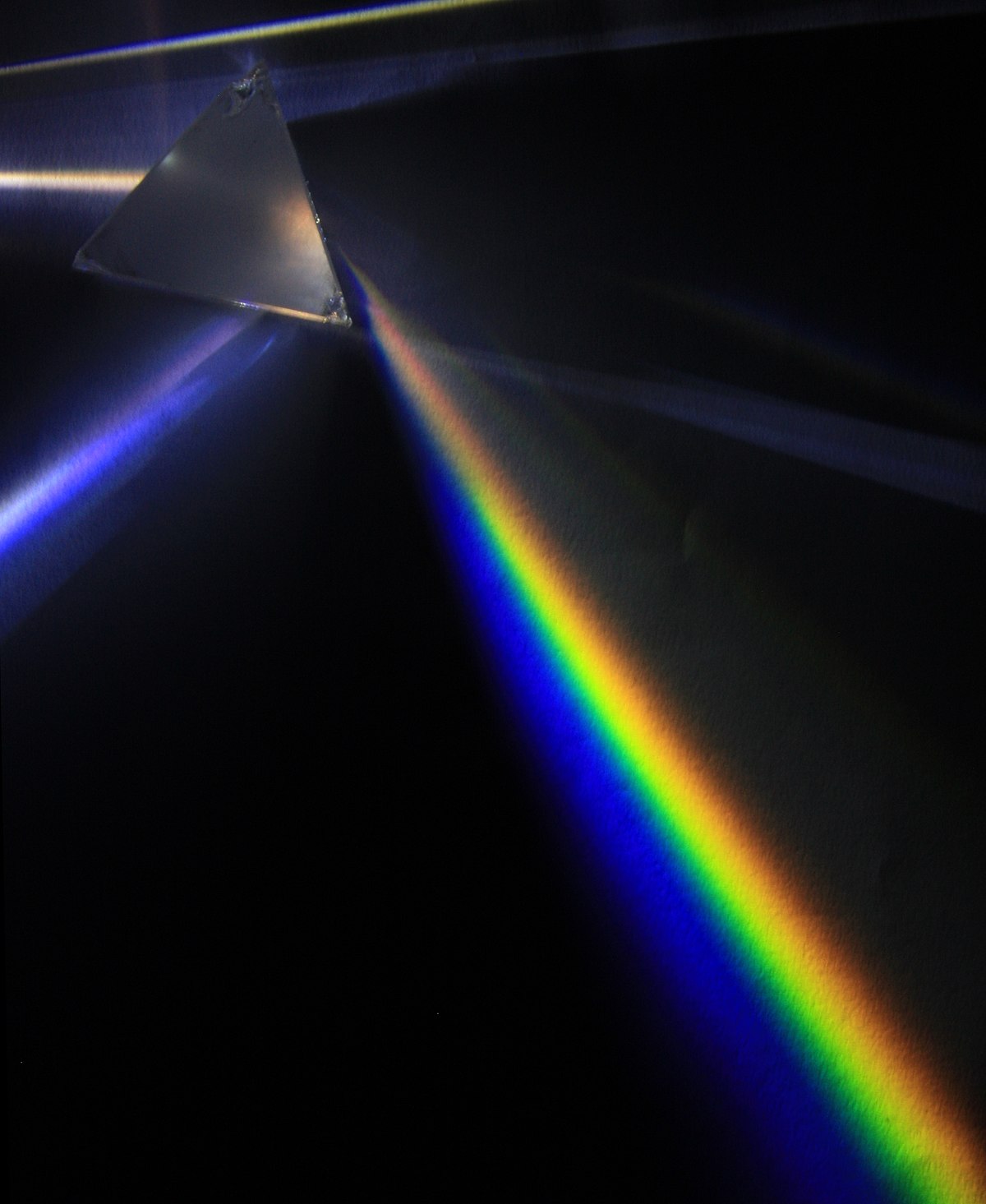

| |||
|---|---|---|---|
| Colour | Wavelength (nm) | Frequency (THz) | Photon energy (eV) |
| violet | 380–450 | 670–790 | 2.75–3.26 |
| blue | 450–485 | 620–670 | 2.56–2.75 |
| cyan | 485–500 | 600–620 | 2.48–2.56 |
| green | 500–565 | 530–600 | 2.19–2.48 |
| yellow | 565–590 | 510–530 | 2.10–2.19 |
| orange | 590–625 | 480–510 | 1.98–2.10 |
| red | 625–750 | 400–480 | 1.65–1.98 |


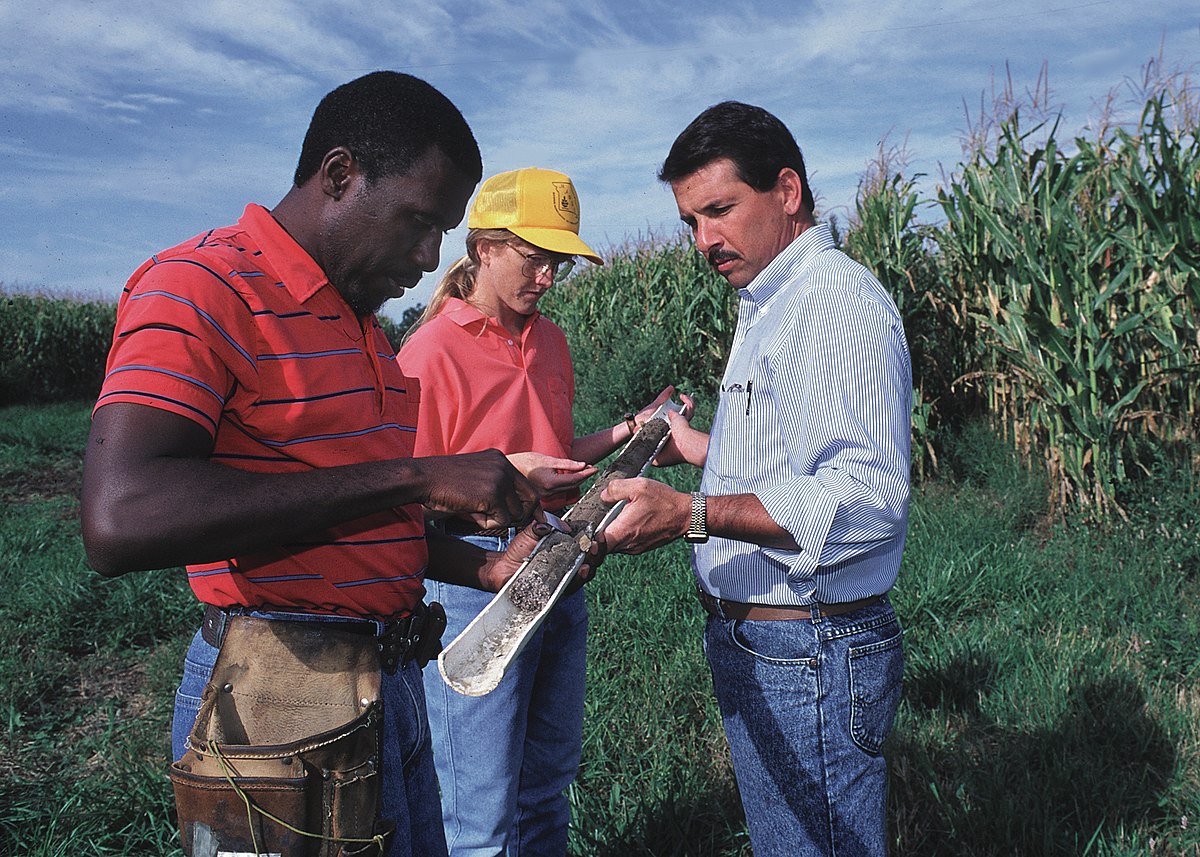
| Color | Wavelength (nm) | Voltage (V) | Semiconductor Material | |
|---|---|---|---|---|
| Infrared | λ > 760 | ΔV < 1.9 | Gallium arsenide (GaAs) Aluminium gallium arsenide (AlGaAs) | |
| Red | 610 < λ < 760 | 1.63 < ΔV < 2.03 | Aluminium gallium arsenide (AlGaAs) Gallium arsenide phosphide (GaAsP) Aluminium gallium indium phosphide (AlGaInP) Gallium(III) phosphide (GaP) | |
| Orange | 590 < λ < 610 | 2.03 < ΔV < 2.10 | Gallium arsenide phosphide (GaAsP) Aluminium gallium indium phosphide (AlGaInP) Gallium(III) phosphide (GaP) | |
| Yellow | 570 < λ < 590 | 2.10 < ΔV < 2.18 | Gallium arsenide phosphide (GaAsP) Aluminium gallium indium phosphide (AlGaInP) Gallium(III) phosphide (GaP) | |
| Green | 500 < λ < 570 | 1.9[180] < ΔV < 4.0 | Indium gallium nitride (InGaN) / Gallium(III) nitride (GaN) Gallium(III) phosphide (GaP) Aluminium gallium indium phosphide (AlGaInP) Aluminium gallium phosphide (AlGaP) | |
| Blue | 450 < λ < 500 | 2.48 < ΔV < 3.7 | Zinc selenide (ZnSe) Indium gallium nitride (InGaN) Silicon carbide (SiC) as substrate Silicon (Si) as substrate — (under development) | |
| Violet | 400 < λ < 450 | 2.76 < ΔV < 4.0 | Indium gallium nitride (InGaN) | |
| Purple | multiple types | 2.48 < ΔV < 3.7 | Dual blue/red LEDs, blue with red phosphor, or white with purple plastic | |
| Ultraviolet | λ < 400 | 3.1 < ΔV < 4.4 | Diamond (235 nm)[181] Boron nitride (215 nm)[182][183] Aluminium nitride (AlN) (210 nm)[184] Aluminium gallium nitride (AlGaN) Aluminium gallium indium nitride (AlGaInN) — (down to 210 nm)[185] | |
| White | Broad spectrum | ΔV = 3.5 | Blue/UV diode with yellow phosphor |
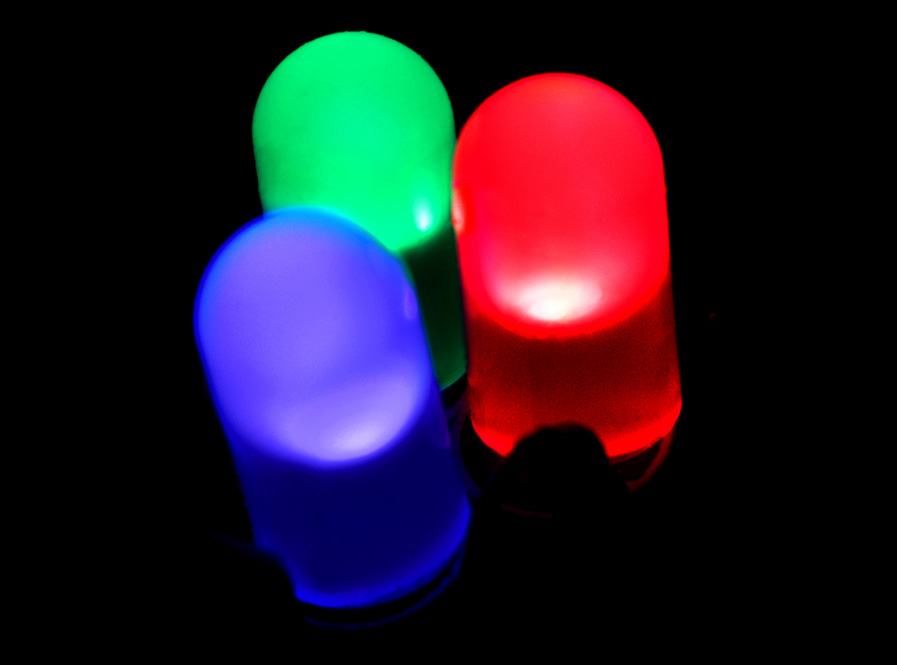
 Spectrum of the visible wavelengths at approximately sea level; illumination by direct sunlight compared with direct sunlight scattered by cloud cover and with indirect sunlight by varying degrees of cloud cover. The yellow line shows the power spectrum of direct sunlight under optimal conditions. To aid comparison, the other illumination conditions are scaled by the factor shown in the key so they match at about 470 nm (blue light).
Spectrum of the visible wavelengths at approximately sea level; illumination by direct sunlight compared with direct sunlight scattered by cloud cover and with indirect sunlight by varying degrees of cloud cover. The yellow line shows the power spectrum of direct sunlight under optimal conditions. To aid comparison, the other illumination conditions are scaled by the factor shown in the key so they match at about 470 nm (blue light).
 Made me think of your suggestion in the prior thread
Made me think of your suggestion in the prior thread 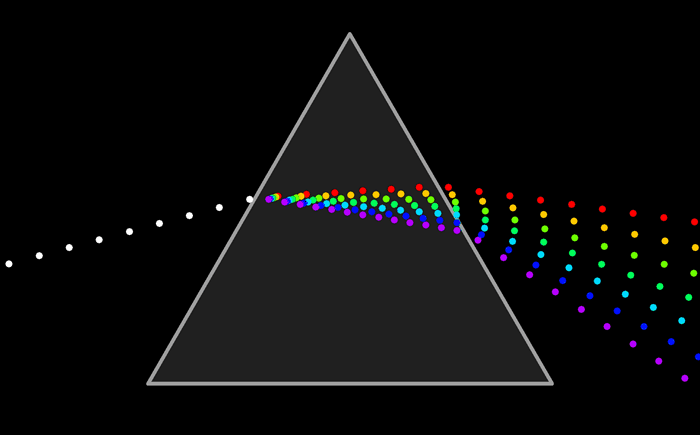
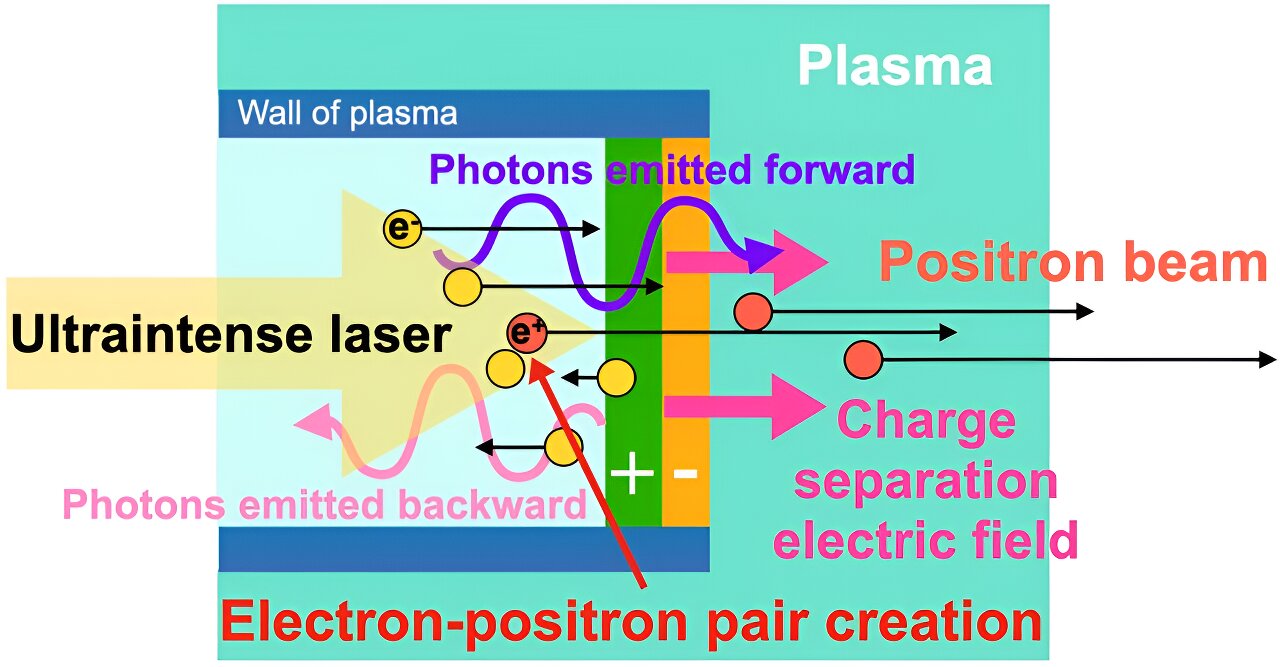

If you think of the others please share will add, and hopefully launch another poll in the near futureiLuminar Lighting, ThinkGrow, Fohse, Flexstar, Fluence, Photobio, Dutch Lighting Innovations, Gavita, GroPros and a few others.
 Welcome good to see you!
Welcome good to see you!I use this strategy with my 64 square foot flower area. There are basically 4 lights in my room with 4'x4' area under each light. I harvest from under a light every two weeks an area. In that two weeks I chop the early ones that are ready, and get the other ones as the two week window goes on. I am using two Cannatrol units and time most of my activities based on that schedule for dry and cure (8 days currently). Sometimes I have SOG in the 4x4 and other times I may have 2 or 4 plants under the light. Either way that area gets chopped and replanted to keep the cycle going. This yields me roughly 60-70 pounds per year perpetually. My veg/clone/seedling room is 18 square feet and is enough room to feed this flower room. I stay on top of chop, dry, cure, trim, and then store for longer cure.Personally I organise my cycles by 10 weeks because I like to have several types of high, in my plants I have some 7/8 weekers, 9, 10/11 weekers. If use 2 different strategies to have my room filled to the max all the time, I replace each harvested plant by a new one from veg or I wait to harvest all the plants and give a bit more veg time under my bigger light. It depends on the plants growth in veg but my goal is to use each square centimer of my grow area to the max as I grow in an illegal country and have a very small scale grow.
In a year I do 5 harvests of 400/500g, for the space used (0,6 m2 veg/ 1,4m2 flo) I'm pretty happy with my annual yield but I hope to increase to 600g by harvest, I know it's possible with the good environment and more important the good plants because today there is a lot of cross who produce high quality buds with under average yield.